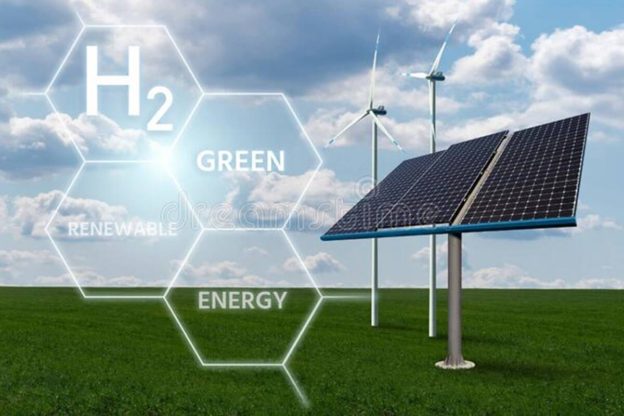Asia Pacific’s booming power demand is a huge opportunity for renewable power developers as the demand growth rate, forecast at double that of other regions, is expected to attract $1.8 trillion in investments in clean energy over the next decade, Wood Mackenzie said in a recent report.
However, the massive opportunities for investment and advance of renewable energy come with growing risks for developers amid supply chain issues, cost inflation, and increasing policy and financing risks, say WoodMac’s Head of Asia Pacific Power & Renewables Research, Alex Whitworth, and Yamato Kawamata, Senior Power Market Analyst, Asia Pacific Power & Renewables Research.
The full costs of renewables—including transmission, battery storage, and gas peaker reserve units—means that clean energy development is “not currently competitive with coal in the region,” the energy research and consultancy firm says.
There will be a lot of rewards for developers in Asia Pacific’s renewable energy sector, but risks to investment and expansion are now higher than before the COVID and Ukraine war crises.
“Overall, generation costs will be US$650 billion more each year for the next three years – a two-thirds increase on 2021 numbers. End users will bear the brunt of these hikes, with power set to be 27% more expensive, or a total of US$1.7 trillion more over the next three years to 2025,” WoodMac’s analysts say.
More expensive fuel imports will translate into higher investment in Asia Pacific’s power market. Supported by price inflation, the sector is expected to attract $2.9 trillion in total investment in the next decade, with renewables a major beneficiary. As much as 60% of the necessary investments—or $1.8 trillion—will go into clean energy, mostly to wind and solar power developments, according to Wood Mackenzie.
However, “Renewable developers are increasingly exposed to risk as supply chain and financing costs rise and grid integration issues worsen,” the analysts said.
Moreover, investment in energy storage is currently not enough to support the expected massive expansion of clean energy in the Asia Pacific region. By the end of this decade, storage levels will only be at 15% of peak grid load, per WoodMac’s estimates.
Renewables are expected to gradually replace fossil fuels in the region, with wind and solar’s share of Asia Pacific power supply possibly overtaking fossil fuels in 2036. The share of fossil fuels could drop from 67% now to just 23% in 2050, when wind and solar could account for as much as 50% of the power supply, according to WoodMac.
Apart from rising costs and supply chain issues, there is another factor that could slow renewables growth in the region—the prioritization of energy security in clean energy targets in the wake of the Russian invasion of Ukraine and the subsequent spike in energy prices.
The biggest and most-polluting economies in the region, China and India, are not dropping coal. On the contrary, they are betting on more coal-fired power generation to meet their power demand. For example, India’s energy sector will need an additional 28 GW of coal-fired power generation capacity by 2032, advisory body Central Electricity Authority (CEA) said earlier this month. In China, authorities continue to maximize the use of coal in the coming years as the world’s top coal consumer caters to its energy security, despite pledges to contribute to global efforts to reduce emissions.
The energy crisis and the soaring energy prices are setting the stage for increased global coal demand in the short and medium term. This year, for example, demand will outstrip supply, commodity trader Noble Resources said at last week’s Coaltrans Asia 2022 conference, as carried by Argus.
Buyers from as far as Europe descended for the Coaltrans conference in Indonesia, the world’s top exporter of thermal coal, to seek supply.
Ben Lawson, an executive with Sanaman Coal, told Reuters on the sidelines of the event:
“Coal never went anywhere. We got another 20 years with coal, like it or not.”
By Tsvetana Paraskova for Oilprice.com
https://oilprice.com/Energy/Energy-General/Risks-Are-Rising-For-Asia-Pacifics-18-Trillion-Renewable-Revolution.amp.html





